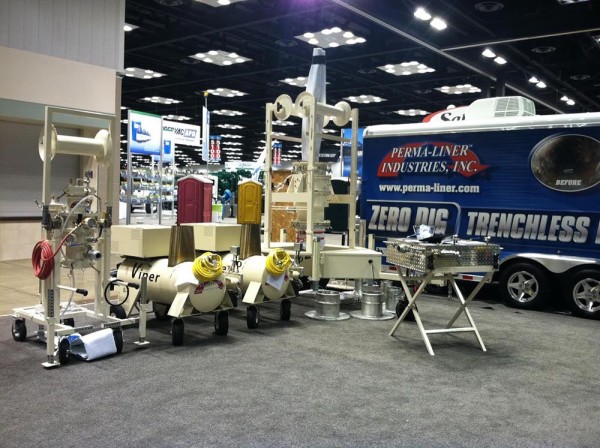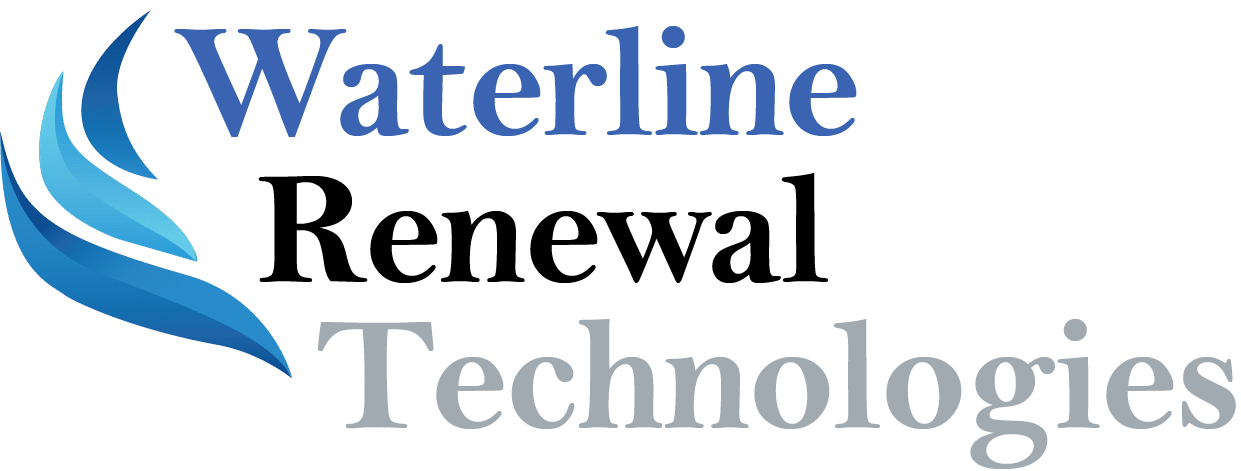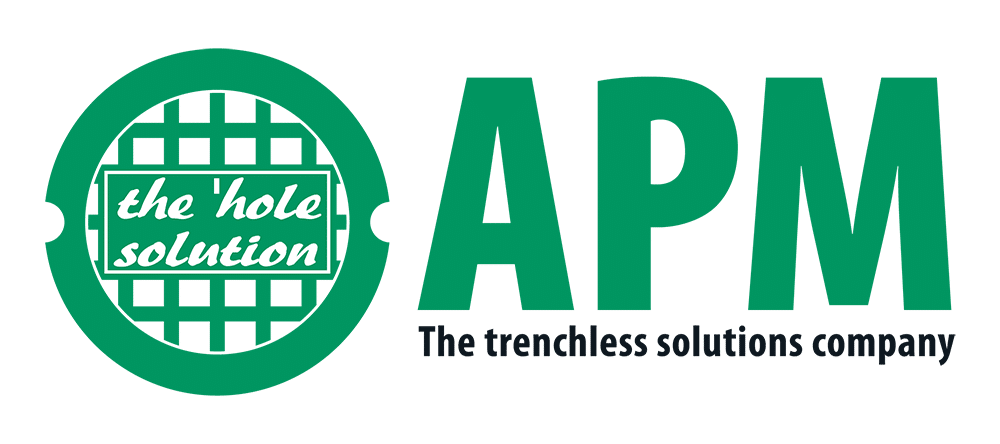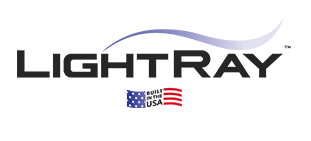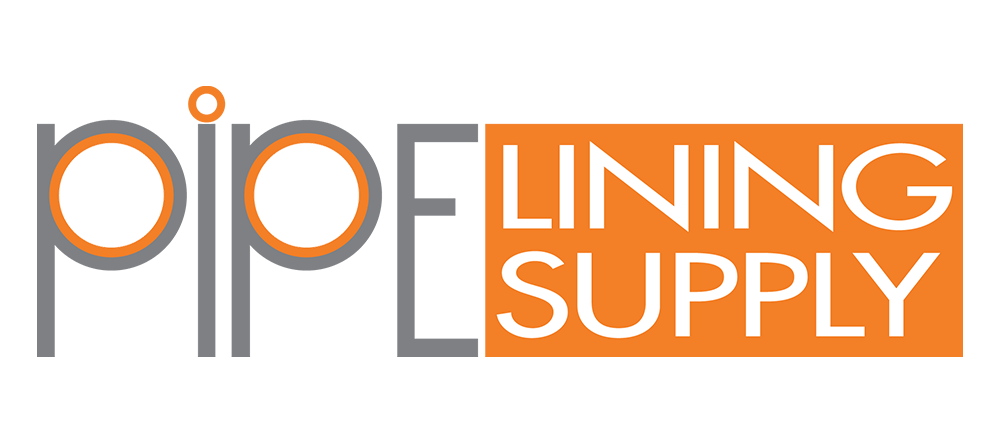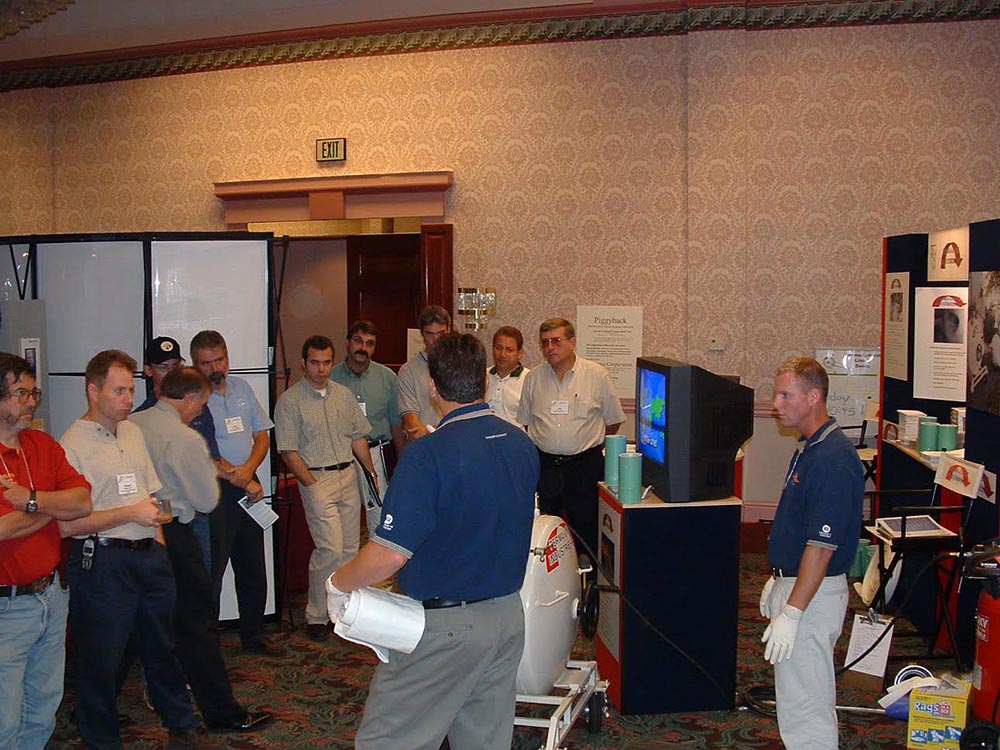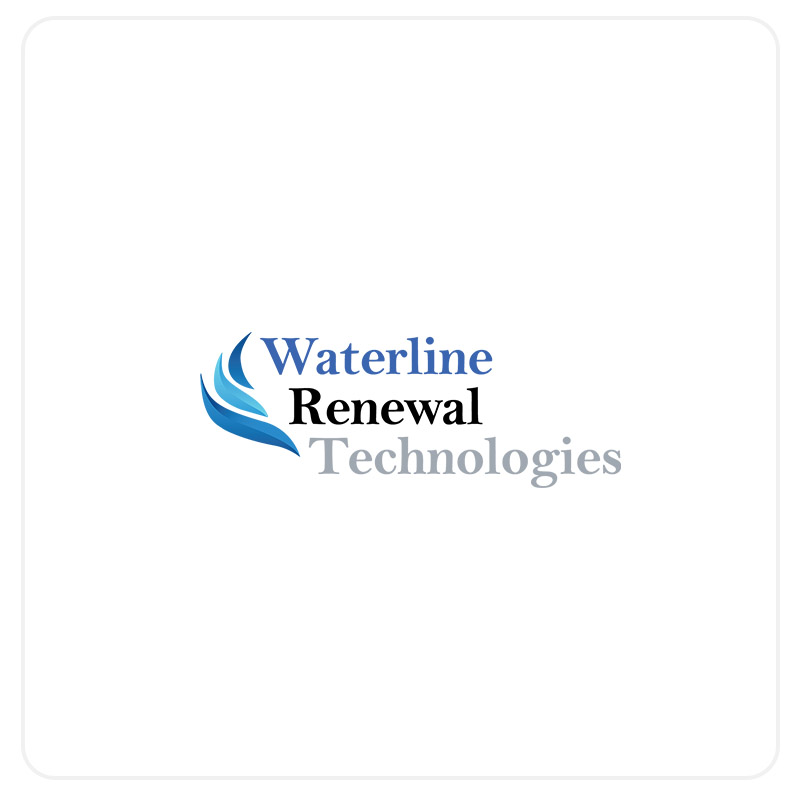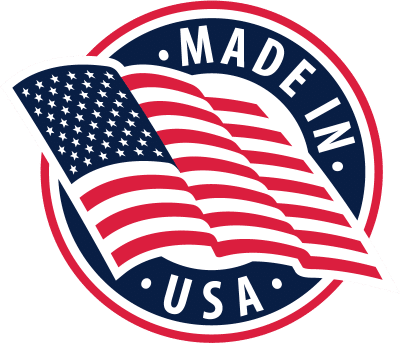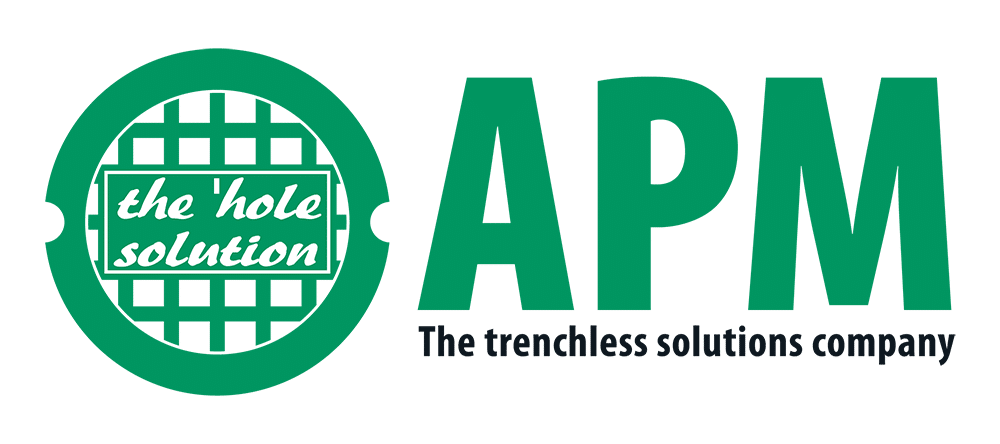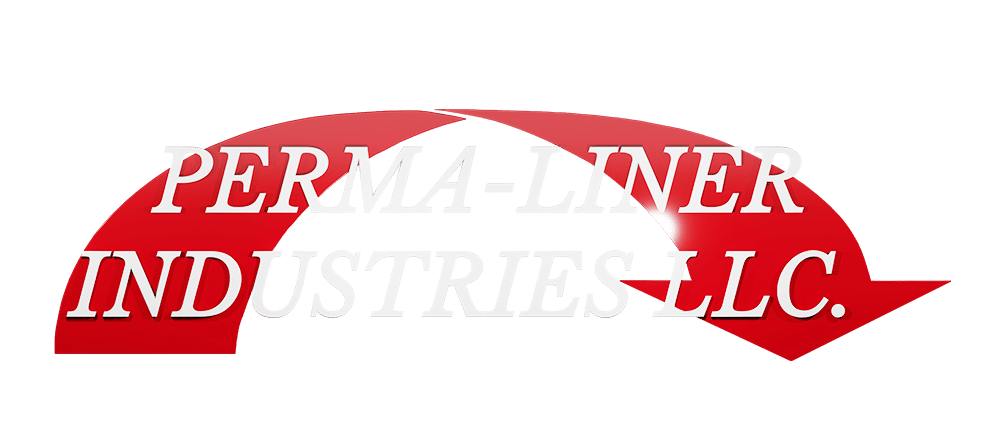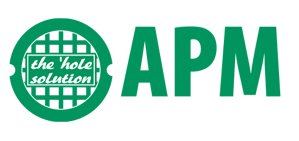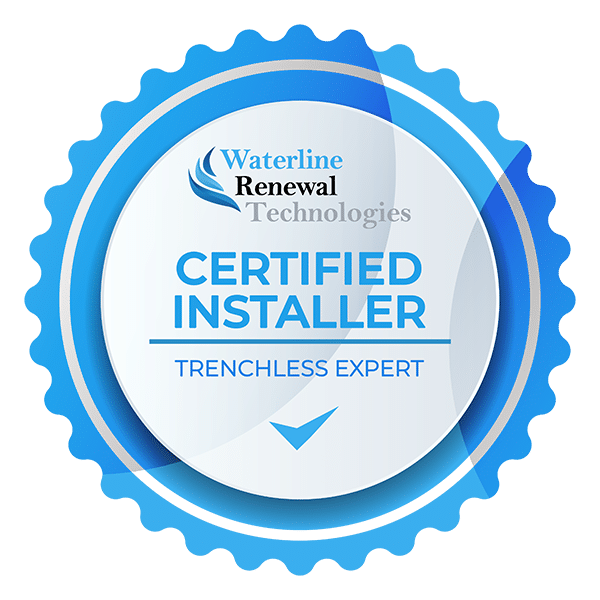Like many cities, Seattle, has had its share of problems with combined sewer overflows (CSOs) and sanitary sewer overflows (SSOs). Recently, more than 154 million gallons of raw sewage and storm water spilled into the water bodies around the city. However, a unique consent decree that’s been initiated integrates storm water control into the plan to address water-quality improvements. That agreement allows Seattle Public Utilities the discretion to address storm water control projects ahead of some CSO projects where it can demonstrate greater environmental benefit. Seattle has been actively battling CSOs since the 1960s. In simple terms, this is the city’s current strategy to control CSOs, SSOs and storm water:
1. Fix it first — repair damaged infrastructure that’s causing problems.
2. Keep storm water out of the system.
3. Store whatever water is left.
The consent decree between the city, the Environmental Protection Agency (EPA), the Department of Justice, and the Washington State Department of Ecology will substantially reduce CSOs. Under the decree, Seattle is committed to spending $500 million on capital improvements over the next ten years to meet current water quality standards.
A project that is currently underway will be instrumental in protecting Lake Washington, by means of constructing five underground sewage storage tanks. The Windermere Basin Sewage Overflow Prevention Project involves the construction of a 2-million-gallon concrete underground storage tank. A new 2,250-foot-long gravity sewer and a parallel force main are being installed using a combination of open cut and trenchless construction techniques.
Seattle is also engineering natural drainage and water retention features at several locations around the city. Green storm water infrastructure includes trees, bio-retention facilities, permeable pavement, green roofs, rain water harvesting and bio-retention planters. These features allow storm water to be absorbed rather than taking up capacity in the sewage system or creating polluted runoff.
